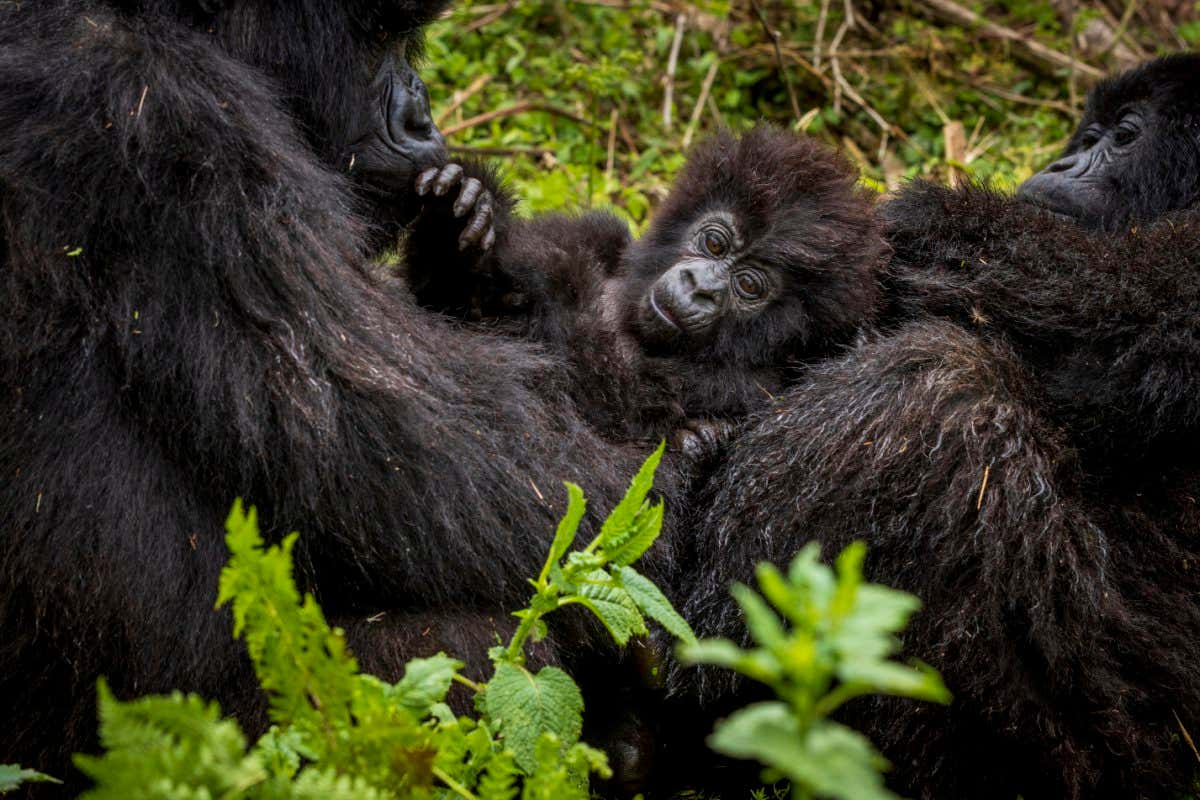A family of mountain gorillas in the Volcanoes National Park, Rwanda
Steph Baker/Fauna & Flora International
Today is World Wildlife Day, an opportunity to celebrate the wondrous diversity of plants and animals on Earth. This day also marks the 50th anniversary of an international agreement between governments to ensure the trading of wild animals and plants – which is estimated to be worth billions of US dollars globally – does not threaten species’ survival.
The voluntary deal, called the Convention on International Trade in Endangered Species of Wild Fauna and Flora (CITES), provides varying degrees of protection to over 37,000 species globally. The text of the convention was agreed at a meeting on 3 March 1973, and it came into force in 1975. It provides a framework for 184 participants – including China, the United States and European Union – to ensure sustainable trading of wild species for products such as food, fur, timber, and medicines.
“Without CITES, we’d lack a vital mechanism to turn off the ever-flowing, and tragic, extraction of species driven by market demand,” said Abigail Entwistle at conservation charity Fauna & Flora International (FFI) in a press release.
The mountain Gorillas (Gorilla beringei beringei) is one species benefitting from a total trade ban under CITES in partnership with FFI. Since these efforts began, the population size has risen fourfold to over 1000 individuals. The primates can be found roaming the volcanic green slopes of Rwanda with females bearing one or two infants at time, as seen in the photo above from Rwanda’s Volcanoes National Park. The species can also be found in Uganda and the Dominican Republic of Congo.
Pygmy hippopotamus photographed at night using a camera trap
Fauna & Flora International
The pygmy hippopotamus (Choeropsis liberiensis), which stands about 1 metre tall, is also protected by CITES. The herbivores are found in the forests and swamps of west Africa with most living in Liberia, as captured in the photo above from a camera trap. CITES and FFI are working with local communities to track and safeguard the nocturnal animals.
Recently, conservationists have confirmed that pygmy hippos have a wider distribution than previously thought. They detected pygmy hippo DNA at ten sites across south-east Liberia using technology pioneered by the company NatureMetrics which will help efforts to protect the species.
Adult male Grenadines pink rhino iguana (Iguana insularis insularis) on Palm Island in Saint Vincent and the Grenadines
Jenny Daltry
A male Grenadines pink rhino iguana (Iguana insularis insularis) is captured in the photo above taken on Palm Island in Saint Vincent and the Grenadines, in the Caribbean. The striking species is threatened by poaching and competition for food and territory against the non-native green iguana (Iguana iguana), but still lacks CITES protection.
Since 2016, FFI has been working with local and international partners to protect the species. The charity says a “CITES listing would be the logical next step” to safeguard its survival.
Topics:
